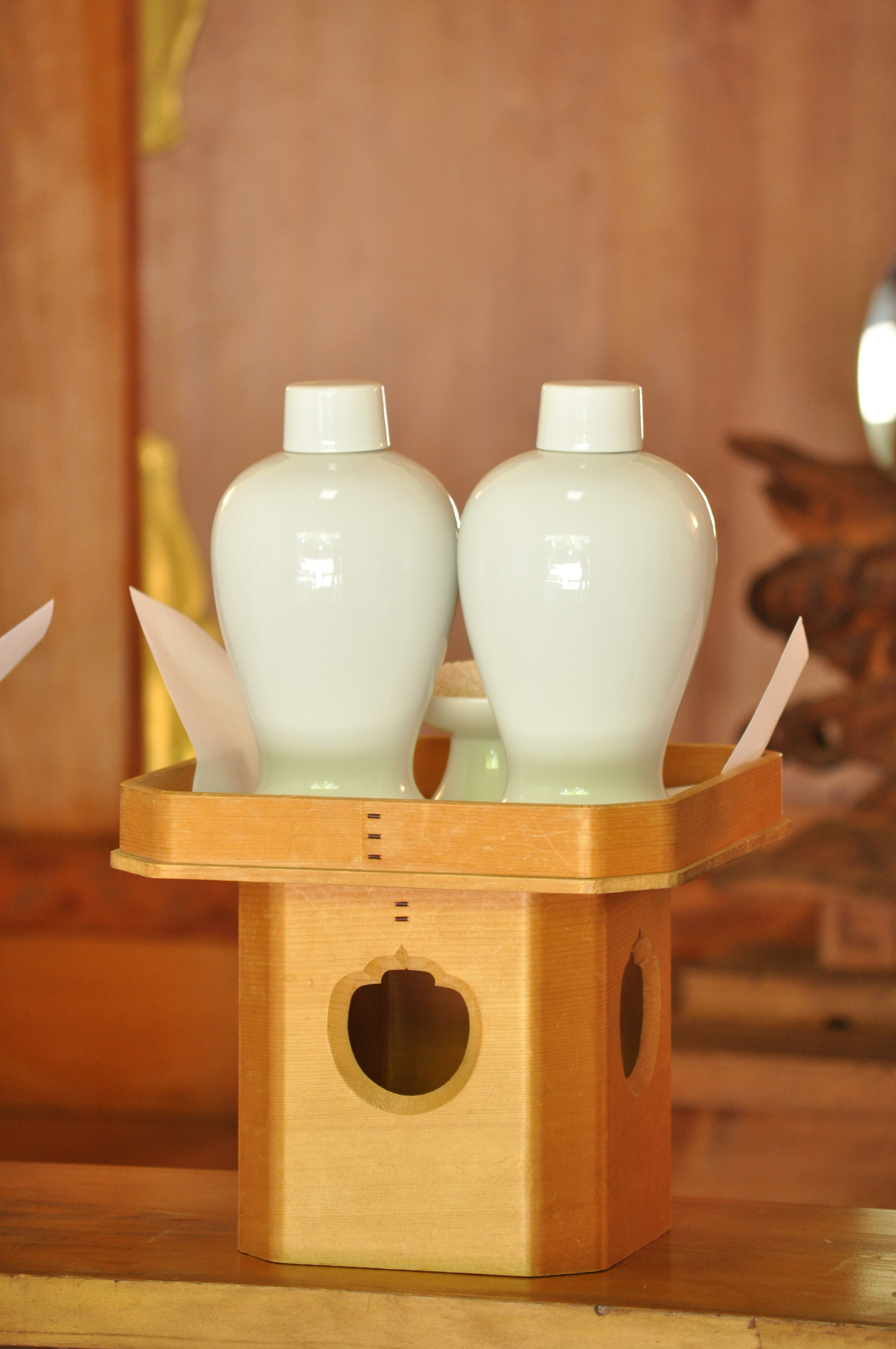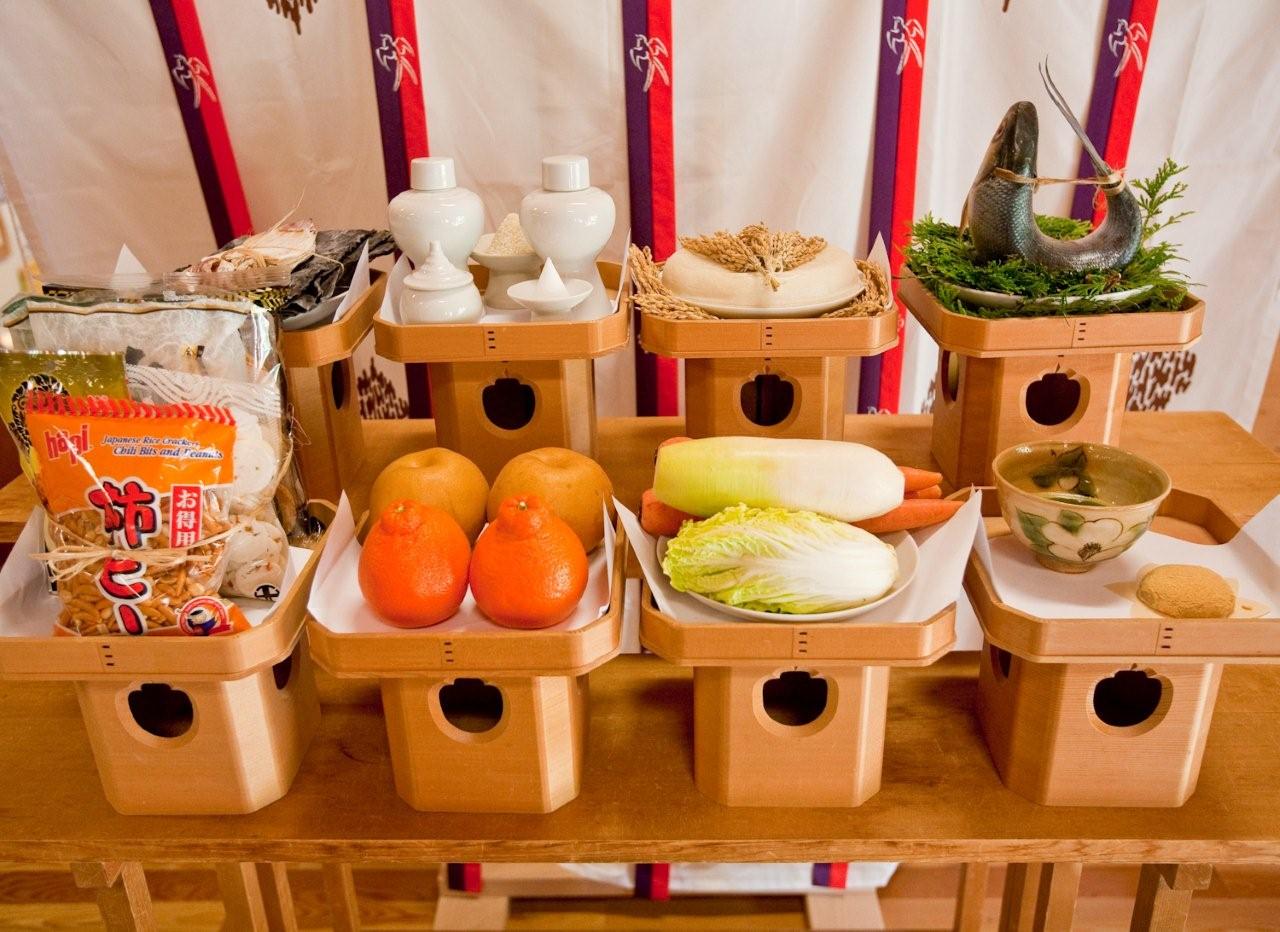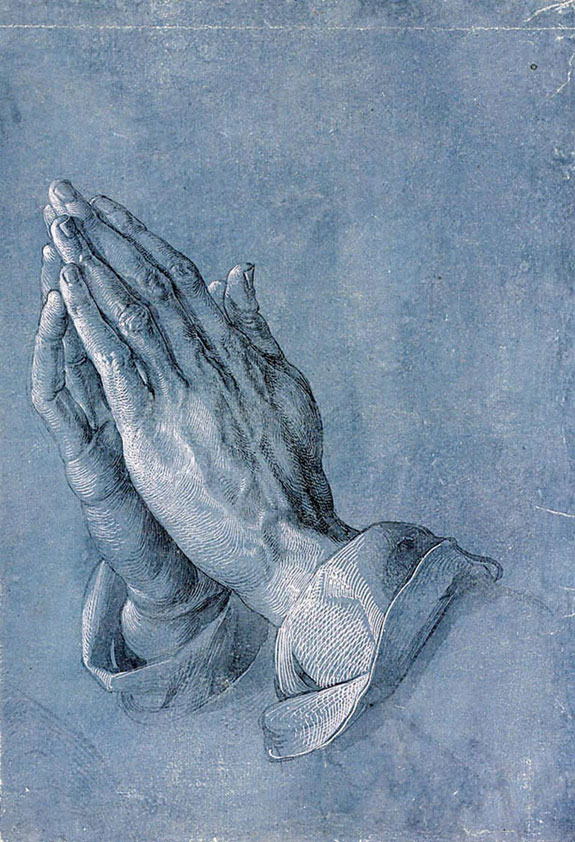|
Omiki
is an offering of sake or other alcoholic drinks offered to gods in Japanese Shinto. Sake is often consumed as part of Shinto purification rituals. People drink Omiki with gods to communicate with them and to solicit rich harvests the following year. Etymology The word ''omiki'' is spelled using the three characters . The first is an honorific prefix. The second character refers to ''kami'', a kind of spirit or deity in Japanese spirituality. This is normally read as ''kami'', but in certain compounds it is read as ''mi'', as we also see in the derivation of the word . The third character is read as ''sake'' when used alone, but in certain compounds of ancient derivation it is read as ''ki''. The compound ''omiki'' is very old and dates back to Old Japanese.DaijirinDaijisenKokugo Dai Jiten There is a word in the ''Kojiki'' of 712, spelled using this same kanji , connected to the word in reference to the effects of sake. Overview Sake is an essential part of Shinsen, ... [...More Info...] [...Related Items...] OR: [Wikipedia] [Google] [Baidu] |
Akumochizake
(also written as ) is a type of Nihon-shu in which Ash is mixed into the brewing mash. History and production The original Akumochizake is Kurozake, which was brewed before the Nara era and used for Goshinzake, etc. It is made by adding rice and water to rice malt, Fermentation, and then adding trichotomum root ash is added. This process is basically inherited by today's Akumochizake. While the original sake is acidic, the alkaline of the ashes in Akumochizake neutralizes the growth of acidophilic bacteria that cause spoilage. It also promotes the Maillard reaction (aminocarbonyl reaction) between amino acid and sugar, which is a component of alcohol, and gradually gives it a reddish color and a distinctive flavor. After the ash is added, it is strained (filtration) in the same way as sake, so there is no residue. The reason for the name "ash-mochi-zake" is that the ashes are added to suppress bacterial growth and prolong the shelf life of the sake. In contrast, ordinary ... [...More Info...] [...Related Items...] OR: [Wikipedia] [Google] [Baidu] |
Shinsen 002
are offerings of foods given up to Shinto shrines or '' kamidana'' in Japan. The annual festivals carried out at different times of the year originated from Shinto rituals and festivals. As part of the ritual, locals would offer up food that had received a special blessing to welcome the ''kami'' ("gods" or "spirits"). Food offered up could range from their staple of rice to seafood, food foraged from the mountains, seasonal foods, local specialties, or food connected to the enshrined kami. At the end of the ritual, the offered food is eaten together to gain a sense of unity with the kami, and to gain their blessing and protection. The rite is known as ''naorai.'' Process Preparation There are shrines that have buildings dedicated to preparing ''shinsen,'' but for the shrines that do not, they separate their shrine office from the outside using a ''shimenawa'', and then priests or ''ujiko,'' someone who worships an '' ujigami,'' who have purified themselves by abstaining from ... [...More Info...] [...Related Items...] OR: [Wikipedia] [Google] [Baidu] |
Nigori
''Nigori'' or is a variety of sake, an alcoholic beverage produced from rice. Its name translates roughly to "cloudy" because of its appearance. It is about 12–17% alcohol by volume, averaging 15% with some as high as 20%. Description Sake is usually filtered to remove grain solids left behind after the fermentation process. ''Nigori'' sake is filtered using a broader mesh, resulting in the permeating of fine rice particles and a far cloudier drink. Unfiltered sake is known as ''doburoku'' (どぶろく, but also 濁酒) and was originally brewed across Japan by farming families. However, it was banned in the Meiji period, though it has since been revived as a local brewing tradition. The area around Mihara village in southern Shikoku is especially well known for its ''doburoku'' breweries. Commercial reintroduction Brewer Tokubee Masuda, of Kyoto-based Tsukino Katsura brewery, which began in 1675, looked to bring back hundred-year-old recipes and traditional producti ... [...More Info...] [...Related Items...] OR: [Wikipedia] [Google] [Baidu] |
Fukuoka Prefecture
is a prefecture of Japan located on the island of Kyūshū. Fukuoka Prefecture has a population of 5,109,323 (1 June 2019) and has a geographic area of 4,986 km2 (1,925 sq mi). Fukuoka Prefecture borders Saga Prefecture to the southwest, Kumamoto Prefecture to the south, and Ōita Prefecture to the southeast. Fukuoka is the capital and largest city of Fukuoka Prefecture, and the largest city on Kyūshū, with other major cities including Kitakyushu, Kurume, and Ōmuta. Fukuoka Prefecture is located at the northernmost point of Kyūshū on the Kanmon Straits, connecting the Tsushima Strait and Seto Inland Sea across from Yamaguchi Prefecture on the island of Honshu, and extends south towards the Ariake Sea. History Fukuoka Prefecture includes the former provinces of Chikugo, Chikuzen, and Buzen. Shrines and temples Kōra taisha, Sumiyoshi-jinja, and Hakozaki-gū are the chief Shinto shrines (''ichinomiya'') in the prefecture. Geography Fukuoka Prefecture faces the sea ... [...More Info...] [...Related Items...] OR: [Wikipedia] [Google] [Baidu] |
Dazaifu Tenmangū
is a Shinto shrine in Dazaifu, Fukuoka Prefecture, Japan. It is built over the grave of Sugawara no Michizane (845–903) and is one of the main shrines dedicated to Tenjin, the deified form of Michizane. Shrine legend According to legend, Michizane was a gifted student who composed many poems dedicated to his favorite plum trees. Said to be favored by the gods, Michizane raised the ire of the Fujiwara clan, who exiled him to Kyushu. Michizane spent his exile studying, and died at the age of 57. When Michizane died, his body was carried by an ox that stopped near a Buddhist monastery. Unable to move the body along, Michizane was buried there by his follower, Umasake no Yasuyuki, and the shrine was built there. Today, a statue of an ox stands nearby to commemorate the event. It's also said that the plum tree inside the shrine flew from Kyoto to be reunited with Michizane in his death, and that it is always the first plum tree to bloom in Japan. Soon after Michizane died, fiv ... [...More Info...] [...Related Items...] OR: [Wikipedia] [Google] [Baidu] |
Kumamoto City
is the capital city of Kumamoto Prefecture on the island of Kyushu, Japan. , the city has an estimated population of 738,907 and a population density of 1,893 people per km2. The total area is 390.32 km2. had a population of 1,461,000, as of the 2000 census. , Kumamoto Metropolitan Employment Area has a GDP of US$39.8 billion. It is not considered part of the Fukuoka–Kitakyushu metropolitan area, despite their shared border. The city was designated on April 1, 2012, by government ordinance. History Early modern period Shokuhō period Katō Kiyomasa, a contemporary of Toyotomi Hideyoshi, was made ''daimyō'' of half of the (old) administrative region of Higo in 1588. Afterwards, Kiyomasa built Kumamoto Castle. Due to its many innovative defensive designs, Kumamoto Castle was considered impenetrable, and Kiyomasa enjoyed a reputation as one of the finest castle-builders in Japanese history. Edo period After Kiyomasa died in 1611, his son, Tadahiro, succeeded him ... [...More Info...] [...Related Items...] OR: [Wikipedia] [Google] [Baidu] |
Kumamoto Castle
is a hilltop Japanese castle located in Chūō-ku, Kumamoto, in Kumamoto Prefecture. It was a large and well fortified castle. The is a concrete reconstruction built in 1960, but several ancillary wooden buildings remain of the original castle. Kumamoto Castle is considered one of the three premier castles in Japan, along with Himeji Castle and Matsumoto Castle. Thirteen structures in the castle complex are designated Important Cultural Property. History Kumamoto Castle's history dates to 1467, when fortifications were established by Ideta Hidenobu. In 1496, these fortifications were expanded by Kanokogi Chikakazu. In 1588, Katō Kiyomasa was transferred to the early incarnation of Kumamoto Castle. From 1601 to 1607, Kiyomasa greatly expanded the castle, transforming it into a castle complex with 49 turrets, 18 turret gates, and 29 smaller gates. The smaller castle tower, built sometime after the keep, had several facilities including a well and kitchen. In 1610, the Honmaru G ... [...More Info...] [...Related Items...] OR: [Wikipedia] [Google] [Baidu] |
Katō Shrine
is a shrine in Kumamoto Castle, Chūō-ku, Kumamoto, Kumamoto, Japan, in which ''daimyō'' or powerful territorial lord Katō Kiyomasa (1562–1611) is enshrined. Alongside Ōki Kaneyoshi and Kin Kan, who made junshi, are enshrined. History *In 1868, Shinto style ceremony started at Jōchibyō which was the grave of Katō Kiyomasa in Honmyōji, proposed by Nagaoka Moriyoshi. *In 1871, Nishikiyama Shrine was built within Kumamoto Castle at the separation of Buddhism and Shintoism. Enshrined are Katō Kiyomasa, Ōki Kaneyoshi and Kin. *In 1874, the Nishikiyama Shrine was moved to Kyōmachi because the Kumamoto Castle belonged to the Japanese Army in 1873. *In 1875, the rank of the shrine was made the prefectural shrine. This system discontinued in 1946. *In 1877, the Nishikiyama Shrine was burned in the battle of Satsuma Rebellion. Shintai was moved to Kengun Shrine. *In 1884, reconstruction was started. *In 1886, the shrine was reconstructed. *In 1909, the name of Nishikiyama S ... [...More Info...] [...Related Items...] OR: [Wikipedia] [Google] [Baidu] |
Kumamoto Prefecture
is a prefecture of Japan located on the island of Kyūshū. Kumamoto Prefecture has a population of 1,748,134 () and has a geographic area of . Kumamoto Prefecture borders Fukuoka Prefecture to the north, Ōita Prefecture to the northeast, Miyazaki Prefecture to the southeast, and Kagoshima Prefecture to the south. Kumamoto is the capital and largest city of Kumamoto Prefecture, with other major cities including Yatsushiro, Amakusa, and Tamana. Kumamoto Prefecture is located in the center of Kyūshū on the coast of the Ariake Sea, across from Nagasaki Prefecture, with the mainland separated from the East China Sea by the Amakusa Archipelago. Kumamoto Prefecture is home to Mount Aso, the largest active volcano in Japan and among the largest in the world, with its peak above sea level. History Historically, the area was called Higo Province; and the province was renamed Kumamoto during the Meiji Restoration. The creation of prefectures was part of the abolition of the feu ... [...More Info...] [...Related Items...] OR: [Wikipedia] [Google] [Baidu] |
Pray
Prayer is an invocation or act that seeks to activate a rapport with an object of worship through deliberate communication. In the narrow sense, the term refers to an act of supplication or intercession directed towards a deity or a deified ancestor. More generally, prayer can also have the purpose of thanksgiving or praise, and in comparative religion is closely associated with more abstract forms of meditation and with charms or spells. Prayer can take a variety of forms: it can be part of a set liturgy or ritual, and it can be performed alone or in groups. Prayer may take the form of a hymn, incantation, formal creedal statement, or a spontaneous utterance in the praying person. The act of prayer is attested in written sources as early as 5000 years ago. Today, most major religions involve prayer in one way or another; some ritualize the act, requiring a strict sequence of actions or placing a restriction on who is permitted to pray, while others teach that pray ... [...More Info...] [...Related Items...] OR: [Wikipedia] [Google] [Baidu] |
Doburoku
''Nigori'' or is a variety of sake, an alcoholic beverage produced from rice. Its name translates roughly to "cloudy" because of its appearance. It is about 12–17% alcohol by volume, averaging 15% with some as high as 20%. Description Sake is usually filtered to remove grain solids left behind after the fermentation process. ''Nigori'' sake is filtered using a broader mesh, resulting in the permeating of fine rice particles and a far cloudier drink. Unfiltered sake is known as ''doburoku'' (どぶろく, but also 濁酒) and was originally brewed across Japan by farming families. However, it was banned in the Meiji period, though it has since been revived as a local brewing tradition. The area around Mihara village in southern Shikoku is especially well known for its ''doburoku'' breweries. Commercial reintroduction Brewer Tokubee Masuda, of Kyoto-based Tsukino Katsura brewery, which began in 1675, looked to bring back hundred-year-old recipes and traditional production m ... [...More Info...] [...Related Items...] OR: [Wikipedia] [Google] [Baidu] |




